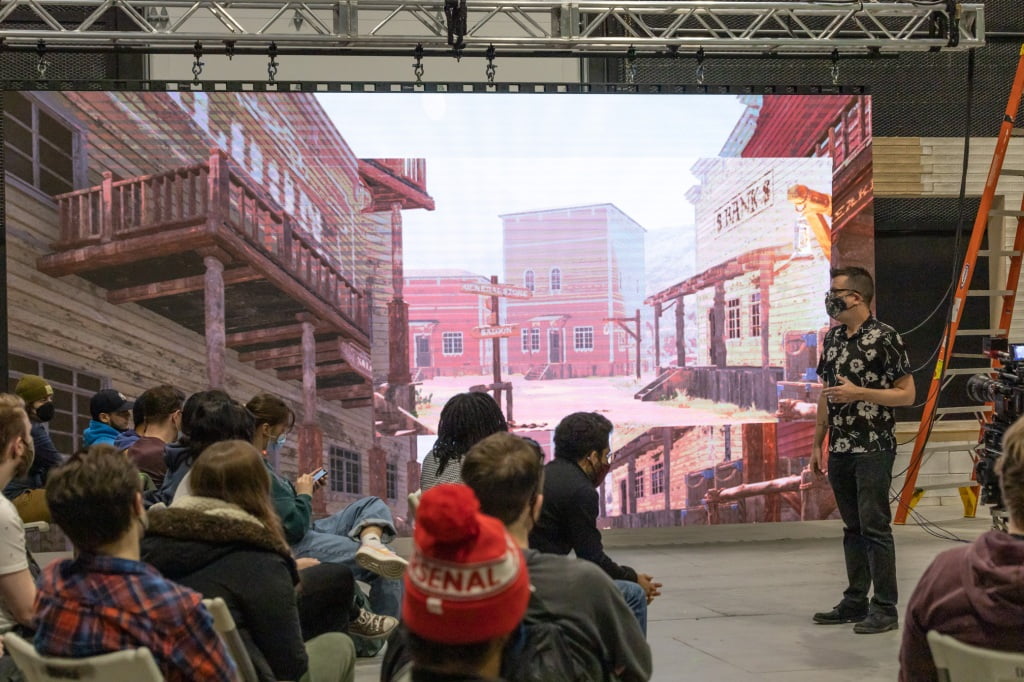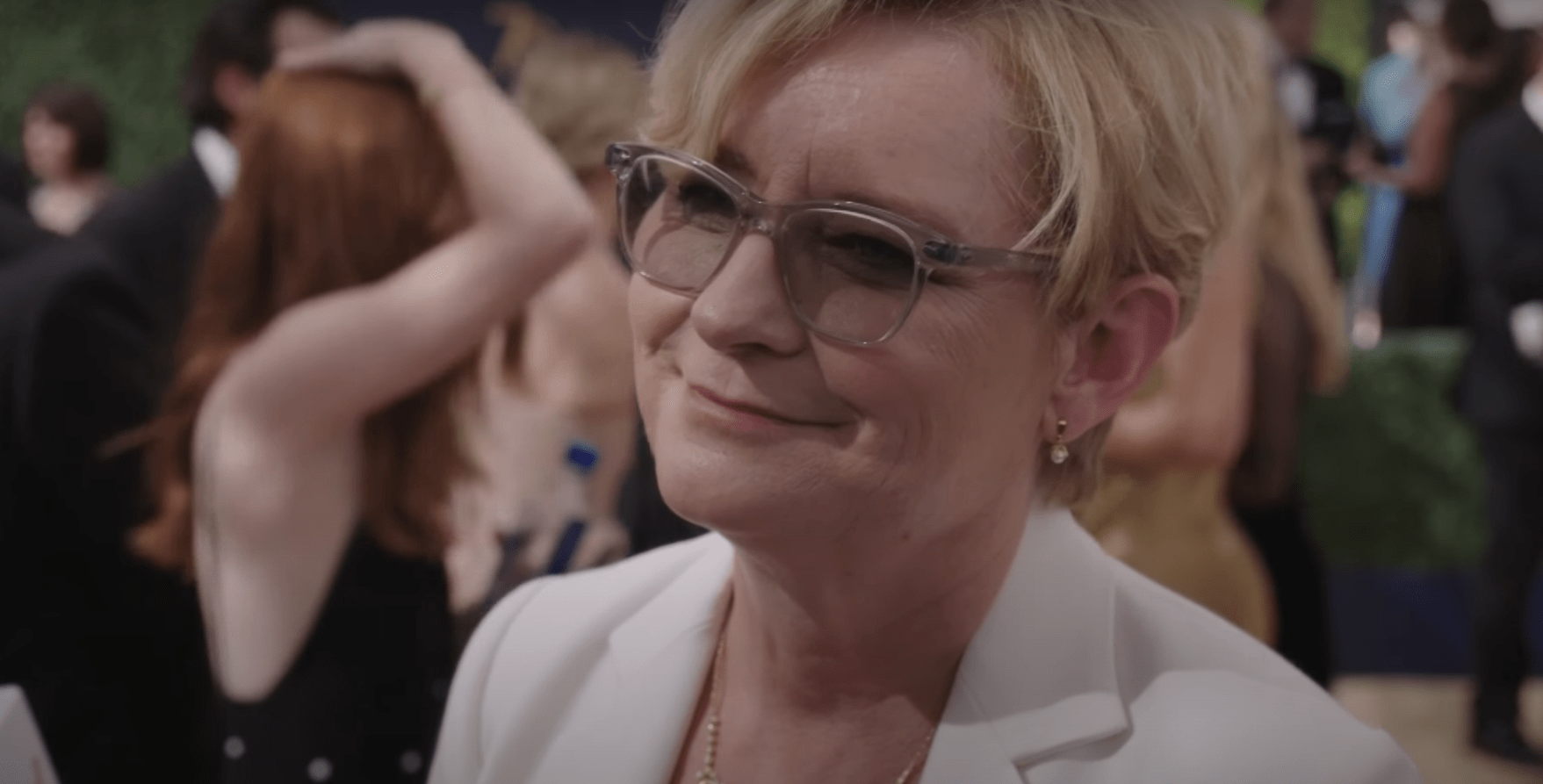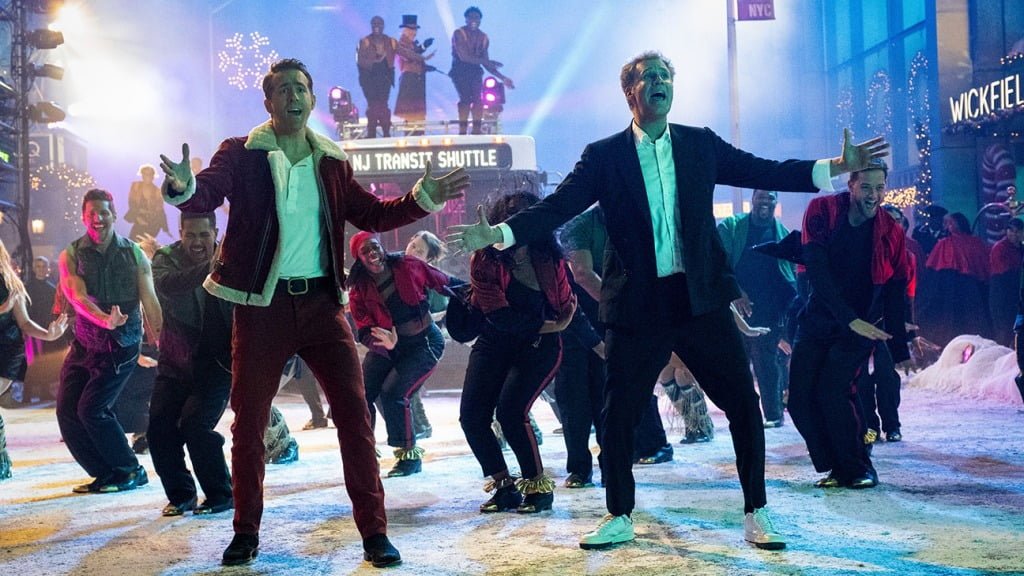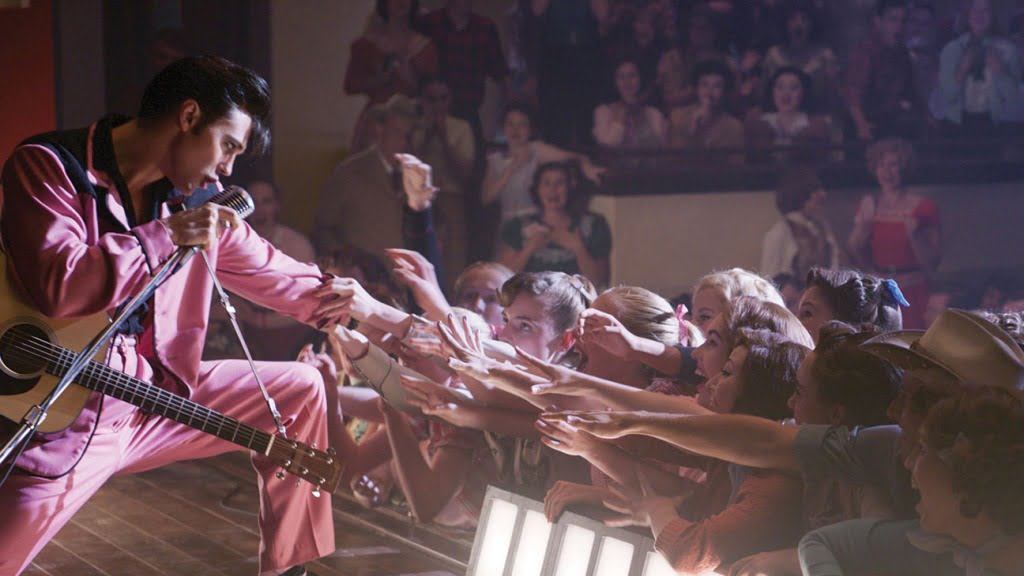This story was created in paid partnership with DePaul University
In the last two years, virtual technology has come to dominate the world around us: from food ordering to live events to web3, so much of our lives have come to exist in the virtual world — and filmmaking is no exception to that.
At DePaul University’s School of Cinematic Arts in Chicago, IL, students are embracing cutting-edge technology that makes bringing together the real and imaginary more easily than ever before. By utilizing gaming technology (like Epic Games’ Unreal Engine) and LED screens, virtual production creates a live VFX environment where actors and crew can interact with an environment they previously had to imagine on green screens. And while virtual production — a general term for all production that contains a CGI element—is already widely used in Hollywood, it’s extremely rare for students to get experience in this space, especially in the Midwest.
“It was a unique opportunity for the students — not just the directors who were able to see their visions on the screen, but all the levels of the crew as well. To be able to work with the motion tracking technology, to create a set in Unreal and have that on screen — with an actual set and actual actors from our theater school, that’s a unique part of DePaul,” says Professor Brian Andrews, Associate Professor of Visual Effects, Animation, Cinema Production. “Because of our relationship with The Theater School at DePaul, as well as the computer science and gaming departments in the Jarvis College of Computing and Digital Media, it allows us to collaborate in ways that other film schools are not able to.”
Andrews taught and led DePaul’s pilot virtual production course last Spring through their Project Bluelight program, in which students are able to work alongside professionals in the industry to gain practical, hands-on experience. “We got a stage up and running from camera tracking through the Unreal Engine and all the way up onto the screen. Within 10 weeks, our group of students was able to shoot three full scenes with completely different setups and much more risk-taking than you typically would see, as well as a professional shoot for a faculty film,” he describes.
The setups Andrews describes included a haunted graveyard, a sci-fi sequence that featured a field of post-flight space debris, a giant baby chasing a live car and even a woman hanging out of a window of a skyscraper. Certain sequences — like having a live car chase or an actor dangling out of a skyscraper—are typically too dangerous for students to complete. But virtual production allowed DePaul experiences to capture all those shots in camera, with no post-production or VFX, within 10 weeks of a quarter.
Much of this work is made possible by DePaul’s School of Cinematic Arts’ collaboration with Cinespace Chicago Film Studios. The two created DePaul Cinespace Studios in 2013, with the intention of creating an environment where students can learn in real facilities, using professional workflows and equipment, in order to set them up for a career in filmmaking the minute they graduate. In the time since, the collaboration has been a big factor in DePaul establishing itself as one of the top 15 film schools in the U.S. today.
“Showtime, HBO, the big productions are literally right next door, and it’s amazing that our students walk past those productions on the way to classes, to our facilities,” Andrews describes. “Over time, as our program has grown, our students have basically walked out the door to work on these shows. This started more traditionally with on-set crew roles you would expect in a facility like that. But as our abilities and skills have grown, this is also moving into areas of post production and other technologies like virtual production as well.”
Fostering an environment where students can develop a wide breadth of technical skills has long-reaching effects for graduates later on. Andrews recounts how one alum, Declan Mclnerney, took visual effects and VR courses while at DePaul while learning the fundamentals of image manipulation and ended up pursuing a career in virtual production at Background Images. “He was able to pivot into this emerging technology just because he had those chops and those foundations,” Andrews says.
Now, after a successful pilot, DePaul is looking at expanding their physical facility through partnerships with other local studios to continue furthering their virtual production offerings. Andrews is also working on building a more “formal scaffold” for their virtual production program: “We’re adding in more introductory classes for production designers and cinematographers. Then on the Unreal side, we’re getting 3D people used to how to actually work on set, because these are very different types of creative filmmakers with very different languages. To get an animator, a production designer, a cinematographer to come together grows students as artists and as filmmakers, because they are pushed to expand their knowledge of how technology and creative content can work together.”
Ultimately, Andrews hopes the university will become a gathering place for people of all disciplines in virtual production — “not just to support the technology, but really to become the place where people can understand and develop storytelling and actually support the creative medium itself,” he explains. “Our goal is for DePaul to be a continually updated hub and facility for training virtual production, both here in the Midwest and really nationwide.”




